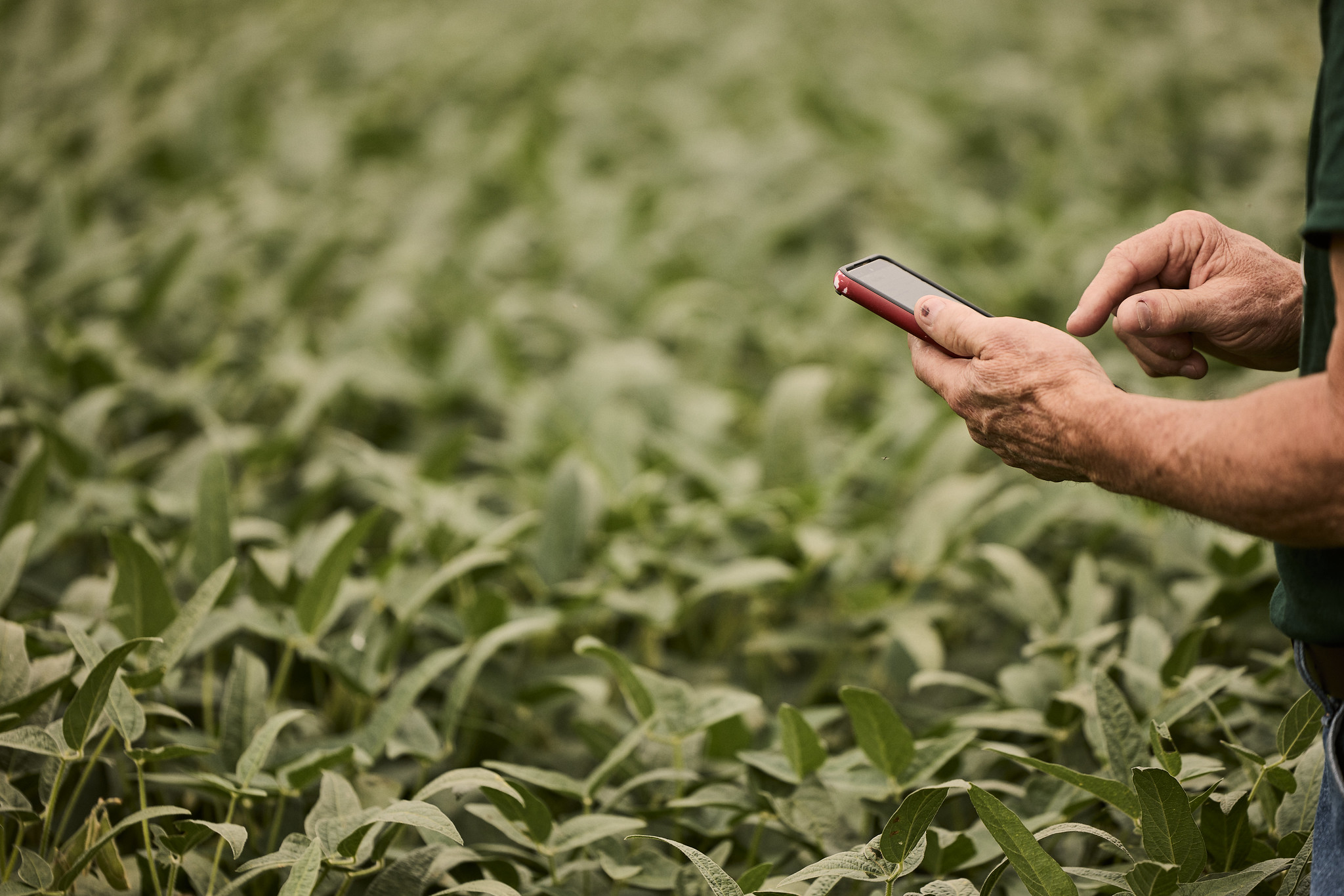
Photo – Illinois Soybean Association
What makes a carbon market, a market? According to Purdue Economist, Carson Reeling, Ph.D., the name “carbon market” is a bit of a misnomer. From Reeling’s perspective, the terms “carbon offset programs” or “voluntary carbon sequestration programs” may more accurately depict what the programs are trying to do. Today, “climate-smart ag programs” often also fall under the carbon market umbrella.
Regardless of the name, most carbon market programs for farmers share similar overarching components. Typically, each program has a purpose/scope, a geography where it operates, crops included, a contract length, a lead organization and/or funding source, eligible practices, additionality requirements, payment schedules, and price per ton of carbon removed and/or practice implemented.
While the specifics vary from program-to-program, there are several resources available to assist producers in comparing the details. The Illinois Sustainable Ag Partnership’s FIND tool (funded by the Illinois Soybean Association Checkoff program) is one resource where producers can compare programs they qualify for based on their operation and location.
Voluntary carbon markets are further categorized into inset and offset markets. Inset markets occur within the same supply chain (e.g. a food and beverage company working with growers in its supply chain), whereas offset markets involve different supply chains, typically through a third party (e.g. farmers are paid by a third party and those “credits” are sold to the technology sector).
Another phrase often used in this space, “carbon intensity (CI) score,” is a separate issue from carbon markets. CI scores fall under the issue of Clean Fuel Production Credits, more commonly referred to as 45Z, a federal tax credit that can be claimed by biofuels producers. Passed as part of the Inflation Reduction Act, 45Z took effect January 1, 2025, and is regulated by the Internal Revenue Service. In the final days of the Biden administration, proposed guidance was released related to 45Z for fuel producers, and proposed guidance for climate-smart agriculture for farmers producing the feedstocks. Given that both pieces of guidance are currently only proposed, biofuel producers and farmers interested in obtaining CI scores are in a bit of a limbo.
Nonetheless, the voluntary carbon market space itself is still available for farmers to explore and participate in as they choose.


 and then
and then